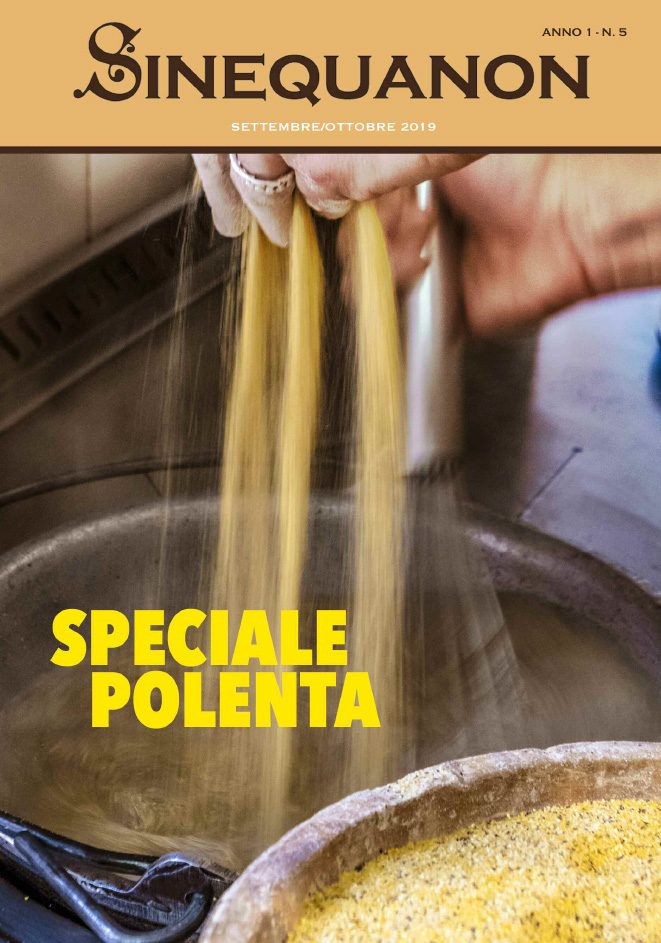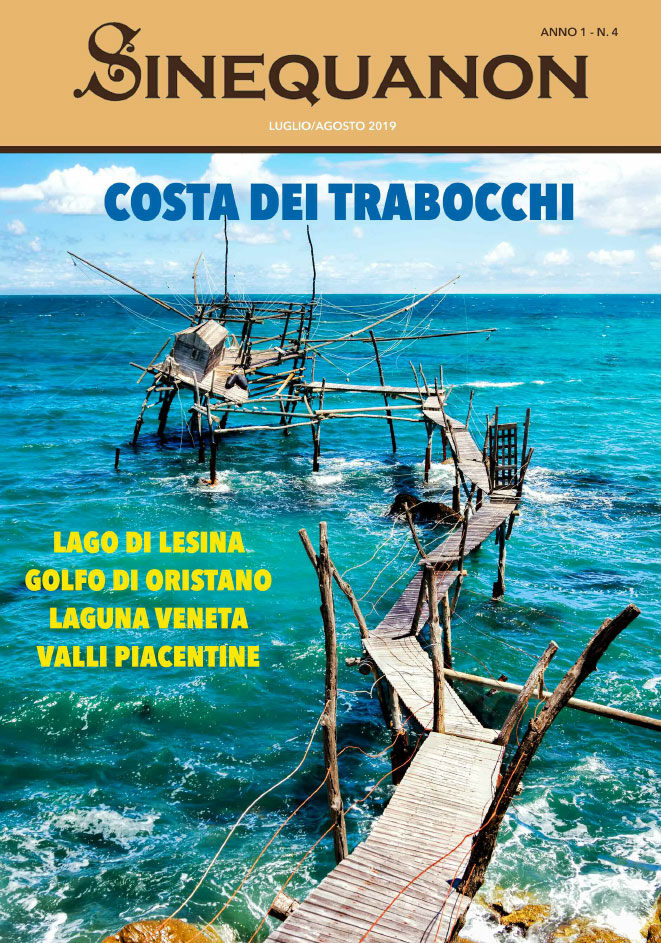Text and photos by Pamela McCourt Francescone
or floating rafts in the shantytown
of Belén in Iquitos.
You have no choice but to use superlatives when it comes to describing the Amazon: it is the biggest river in the world with the largest volume of water (more than those of the Nile, the Mississippi and the Yangtze put together) which means one fifth of the fresh water on our planet. It also has the must luxuriant and largest rainforest with the biggest diversity of birds and fresh-water fish, while one third of the species which populate our planet live along it.
This river of wonders rises from a series of small springs on the Nevado Mismi (5,597 metres) in the Andes in Peru, a mere hundred or so kilometres from the Pacific Ocean, from whence it crosses the entire South American continent to enter the Atlantic Ocean near the Brazilian city of Belem.
Amazon area six million Amerindians
lived there; today they are a mere 250,000
However when it comes to length the Amazon has to bow to the Nile which, with its 6,690 kilometres beats it by a few hundred kilometres, although the great African river can not contend with its South American counterpart for width as in certain points the Amazon is more than 10 kilometres from bank to bank.
Vicente Yanez Pinzon, a Spanish explorer, was the first European to discover the river in 1500 when he realised that the waters in which he was sailing off the coast of Brazil were in fact fresh. But the river owes its mythical name to the Spanish explorer Francisco de Orellana who, in 1541, said that along its banks he had met warrior women and, inspired by the writings of Herodotus and Diodorus about the amazons of Asia and Africa, called it the Amazon. Although it is very likely that de Orellana had mistaken for women the men of the local tribes who had shoulder-length hair and wore long grass skirts.
tallest in the Peruvian rain forest.
It is close to Iquitos, in the enormous department of Loreto in the north-east of Peru, that the river finally becomes the Amazon at the affluence of the Ucayali and Rio Maranon.
Iquitos is the largest city in the world which can not be reached by road. Although you would never think so. Because it is a city in constant movement, a lively city in moto perpetuo with a large daily market, endless and noisy traffic ? especially that of the open and speedy three-wheeled motocarros which allow passengers to feel they are part of the disorganised and happily chaotic life of this city which enjoyed a boom at the start of the last century thanks to the rubber industry.
At that time it was the most opulent city in Latin America, although the wealth of the rubber magnates was in sharp contrast to the abject poverty of the Indios peoples who lived practically in conditions of slavery. Once the rubber rush subsided Iquitos slipped back into being a sleepy little town until a new boom hit it in the Seventies when oil was discovered while, in recent years, tourism too has done its part to revive it.
designed by Eiffel who also designed
the famous Parisian landmark.
On the main square there is the Iron House, designed by the French engineer Eiffel who built the famous tower in Paris, now it has a cafe and a souvenir shop on the ground floor. Romantics will want to visit the Fitzcarraldo Restaurant Bar on the riverfront which was once the storehouses of Brian Sweeney Fitzgerald (called Fitzcarraldo by the Indios), the eccentric Irishman who made his fortune transporting rubber up and down the Amazon and whose dream it was to bring opera to the jungle. It is worth taking a motocarro and making a detour out of town to see the floating shantytown of Belén. More than 10,000 live here in houses on piles or on floating rafts. Not far away is the Belén market where you can find a wide variety of fruits and vegetables and many exotic objects. It is a good idea to go with a guide and, as in any market anywhere in the world, look out for your wallet!
probably mistook the men of the local
tribes who had shoulder-length hair
and wore long grass skirts for women
Today, as during he golden years of the rubber boom, Iquitos is the largest river port in Peru and also the starting point for excursions along the Amazon which allow you to discover the lifestyles of the peoples who live along the river and the extraordinary biodiversity of this rain forest with its more than 2.5 million species of inspects and 2,000 species of birds and mammals. Not to mention the tens of thousands of plants. It is estimated that the Amazon basin has the highest diversity of flora in the world with up to 75,000 different types of trees and 150,000 of plants on a single square kilometre. Among the typical local species are the piranha fish, the arapaina which can measure up to 8 metres long and 200 kilos in weight and the boto, or pink dolphin which is blind and uses a sonar for orientation.
The best way to discover this majestic and mysterious world is to take a boat from Iquitos from where cruise ships dock and from where speedy motorboats carry visitors to the many lodges in the area. There is accommodation for all tastes and all pockets, for the most part at least an hour by boat from Iquitos. But this will not be a problem for anyone who has come to this remote point of the world and whose desire obviously is that of ?getting lost? in the jungle.
group who has four lodges on the Amazon
and built the world?s longest
canopy walk.
Like Peter Jensen, founder of the Explorama groups who landed in Iquitos in 1964. Born in Winsconsin, Peter graduated in anthropology and geology and arrived in Peru to work on excavations on Inca sites in the Peruvian Andes. Then he discovered the Amazon and was one of the first to organise boat excursions along the river. It was then a short step to setting up the first jungle camp, which he did when some clients insisted they wanted to stay overnight in the rain forest and, to keep them happy, Peter built a small cabin with hammocks and an open-air kitchen. Since then, thanks also to the growth of tourism, he has built four lodges which go from the remote ExplorTambes which is a 2-hour walk through the jungle from the river landing stage, to the modern and comfortable Ceiba Tops which has 75 rooms with bathrooms and ceiling fans, a swimming pool with a Jacuzzi and is about an hour by speedboat from Iquitos.
is an hour from Iquitos by boat
From Ceiba Tops and the other lodges motorboats take visitors to visit the nearby villages and to the longest canopy walk in the world built in 1991 by Peter and the biologists and researchers who, working in the rain forest, discovered that many animal and vegetable species are to be found only at the tops of the trees. The canopy walk is not far from the ACEER field station (ACEER is an American non-profit foundation which accepts donations for education programmes and other projects in the Iquitos area) and the ExplorNapo Lodge on the Napo river, some 80 kilometres from Ceiba Tops and not far from the village where de Orellano stayed during his expedition. From the top, which is some 35 metres above the ground, the 500-metre walkway affords spectacular views over the boundless spread of tropical vegetation.
It is also possible to visit the nearby Riberenos communities. These are descendents of various European, African and Indian peoples, who now live in large villages with schools and football fields or in small hamlets with only a few houses. They are farmers who cultivate manioc, rice and bananas; it is estimated that at the time the Spanish arrived in the 16th century about 6 million of these Amerindians lived in the Amazon area, whereas today there are no more than 250,000.
Yagua tribe in an Amazon village
One tribe which lives not far from the Explorama lodges is the Yagua tribe. And for visitors they recreate the ways of their ancestors, wearing typical costumes, singing and dancing traditional songs, demonstrating how they used to prepare foodstuffs and also the art of the blowpipe, the most widely-used of the traditional hunting weapons. A visit to a ?living museum? but with the added value of the smiles and warm welcome of these people who greet visitors with dignity and courtesy, proud to be able to transmit to the outside world their ancient customs, traditions and ethos.
For information: www.peru.org.pe



